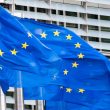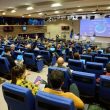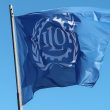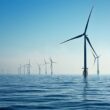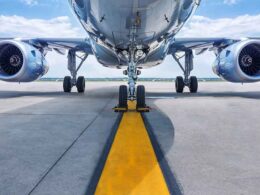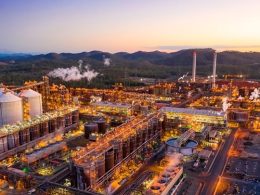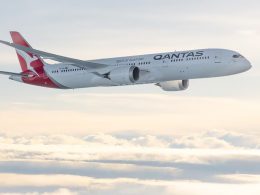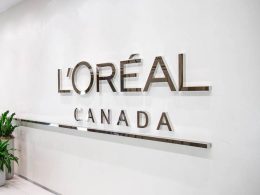At BMW Group Plants Dingolfing and Regensburg in Bavaria, the paint shops will soon operate entirely with dry separation using limestone powder. All four paint lines at Dingolfing have already been converted, and the first of the two lines in Regensburg began using dry separation in early 2024. The second Regensburg line is scheduled for conversion in August 2025.
Setting new benchmarks in resource conservation and environmental protection, the Dingolfing plant was the first in the company’s global production network to fully switch to dry separation with limestone powder, upgrading all four paint lines over two years during ongoing operations. The same process is now underway at Plant Regensburg, where one of the two primary paint lines was converted by mid-January this year, with the second line to follow in August 2025.
As painting is the most energy-intensive process in vehicle production, these measures have a significant positive impact on the carbon footprint of both plants.
The two plants are presently saving a total of 17 million litres of water annually that can supply almost 100 families of four for an entire year. As it works with recirculated air, dry separation saves 17,400 megawatt-hours of heating energy a year and more than 5,000 tonnes of CO2 emissions. The limestone that’s used as a binder is recycled as feedstock for the construction materials industry.
Anton Kronseder, head of the paint shop in Dingolfing said, “Switching to dry separation takes us one step closer to achieving the BMW Group’s goal of cutting CO2 emissions across the vehicle lifecycle by 40 percent by 2030.”
The new system enables recycling the overspray. At the converted paint lines in BMW’s Dingolfing and Regensburg plants, overspray is collected using dry separation with limestone powder as a binding agent. This method saves significant amounts of water—around 4 million litres annually in Dingolfing and 13 million litre in Regensburg—by using powder instead of water to collect paint particles that don’t adhere to the car body.
Unlike the previous wet-scrubbing method, dry separation uses 80 percent recirculated air. This means only 20 percent of the air needed for painting must be tempered and humidified, resulting in substantial energy savings. Dingolfing has reduced heating energy consumption by 13,000 megawatt-hours annually, cutting CO2 emissions by more than 4,000 tonnes. Regensburg is saving approximately 4,400 megawatt-hours of natural gas per year and avoiding around 1,150 tonnes of CO2 emissions.
Another benefit of the new painting system is that limestone powder, unlike contaminated water, does not require treatment and disposal. It can be returned to the material cycle. The limestone powder used is locally sourced Walhalla stone from the Keilberg near Regensburg. On average, three truckloads of this fresh mineral are delivered weekly to Dingolfing and between one and two truckloads to Regensburg. The powder is stored in large silos and then fed dust-free into the painting booths.
Binding excess paint for a single car requires about 20 kilograms of limestone powder. This limestone is then recycled for further use, such as feedstock in the cement industry. In addition to painting approximately 2,850 car bodies per day, the paint shops contribute to the production of construction materials.












